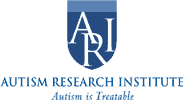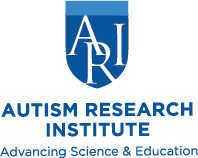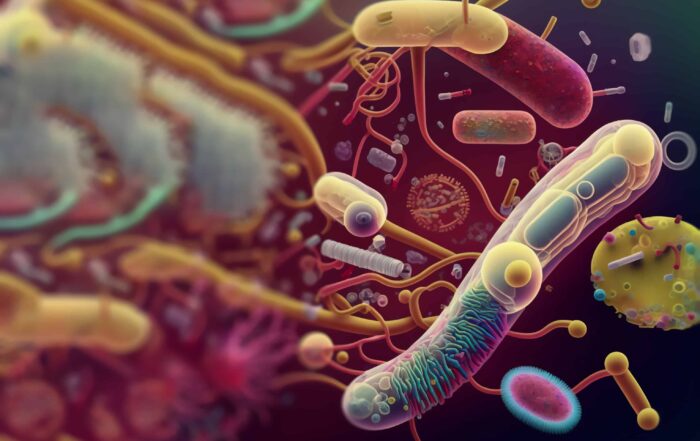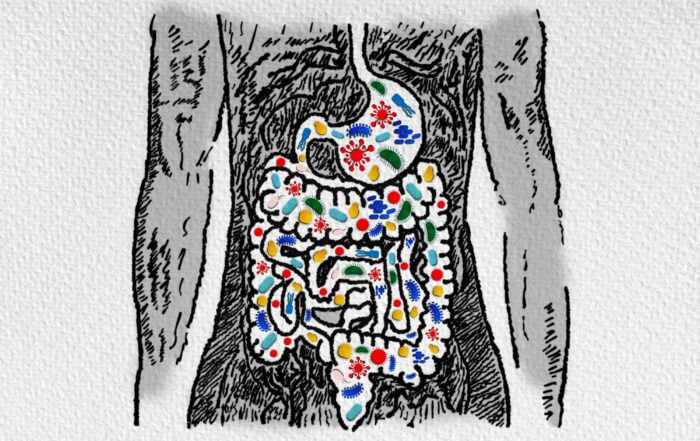Autism is a developmental disorder with symptoms that appear within the first three years of life. Its formal diagnostic name is autism spectrum disorder. The word “spectrum” indicates that autism appears in different forms with varying levels of severity. That means that each individual with autism experiences their own unique strengths, symptoms, and challenges.
Understanding more about ASD can help you better understand the individuals who are living with it.
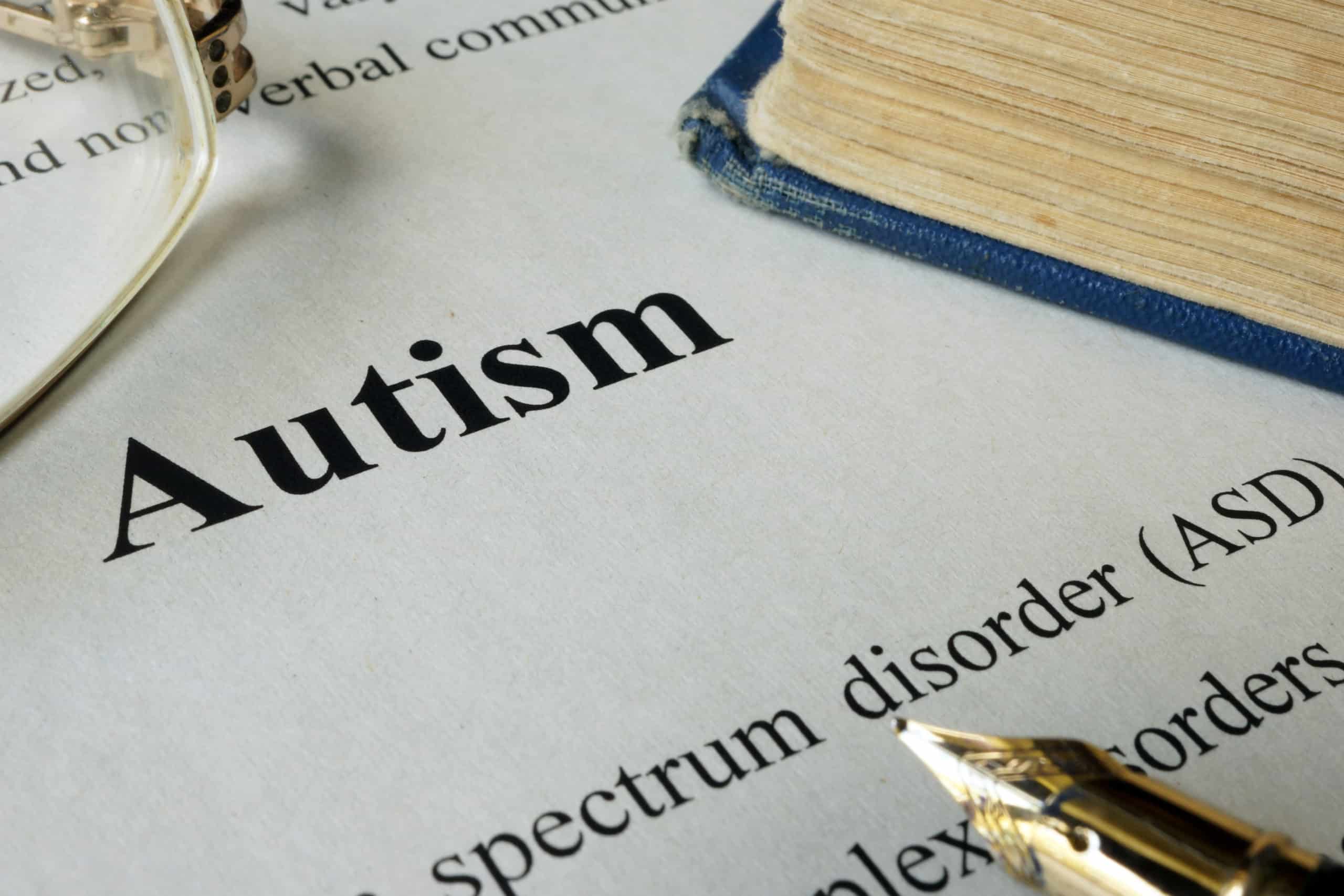
How autism spectrum disorders are described
Psychiatrists and other clinicians rely on the fifth edition of the Diagnostic and Statistical Manual of Mental Disorders (DSM-5) to define autism and its symptoms. The DSM-5 definition recognizes two main symptom areas:
- Deficits in social communication and interaction
- Restricted, repetitive behaviors, interests, or activities
These symptoms appear early in a child’s development—although diagnosis may occur later. Autism is diagnosed when symptoms cause developmental challenges that are not better explained by other conditions.
The definition of autism has been refined over the years. Between 1995 and 2011, the DSM-IV grouped Asperger’s Syndrome and Pervasive Developmental Disorder Not Otherwise Specified (PDD-NOS) with autism. Asperger’s syndrome was an autism spectrum disorder marked by strong verbal language skills and, often, high intellectual ability. PDD-NOS was a more general diagnosis for people who did not fit clearly into the other two categories.
However, the DSM-5 no longer recognizes Asperger’s syndrome or PDD-NOS as separate diagnoses. Individuals who would previously have received either of these diagnoses may now receive a diagnosis of autism spectrum disorder instead.
Autism presentations and behaviors
Individuals with autism may present a range of symptoms, such as:
- Reduced eye contact
- Differences in body language
- Lack of facial expressions
- Not engaging in imaginative play
- Repeating gestures or sounds
- Closely focused interests
- Indifference to temperature extremes
These are just a few examples of the symptoms an individual with autism may experience. Any individual could have some, all, or none of these symptoms. Keep in mind that having these symptoms does not necessarily mean a person has autism. Only a qualified medical professional can diagnose autism spectrum disorder.
Most importantly, an individual with autism is first and foremost an individual. Learning about the symptoms can help you start to understand the behaviors and challenges related to autism, but that’s not the same as getting to know the individual. Each person with autism has their own strengths, likes, dislikes, interests, challenges, and skills, just like you do.
How autism is diagnosed
There is no known biological marker for autism. That means that no blood or genetic test can diagnose the disorder. Instead, clinicians rely on observation, medical histories, and questionnaires to determine whether an individual has autism.
Physicians and specialists may use one or several of the following screening tools:
- Modified Checklist for Autism in Toddlers, Revised (M-CHAT), a 20-question test designed for toddlers between 16 and 30 months old.
- The Ages and Stages Questionnaire (ASQ), a general developmental screening tool with sections targeting specific ages used to identify any developmental challenges a child may have.
- Screening Tool for Autism in Toddlers and Young Children (STAT), an interactive screening tool, comprising 12 activities that assess play, communication, and imitation.
- Parents’ Evaluation of Developmental Status (PEDS) is a general developmental parent-interview form that identifies areas of concern by asking parents questions.
The American Academy of Pediatrics encourages autism screening for all children at their 18 and 24-month well-child checkups. Parents and caregivers can also ask their pediatrician for an autism screening if they have concerns. In rare cases, individuals with autism reach adulthood before receiving a diagnosis. However, most individuals receive an autism diagnosis before the age of 8.
Prevalence of autism
For many years, a diagnosis of autism was rare, occurring in just one child out of 2,000. One reason for this was the diagnostic criteria. Autism was not clearly defined until 1980 when the disorder was included in the DSM-III. Before that time, some cases of autism spectrum disorder may have been mistaken for other conditions.
Since the ’80s, the rate of autism has increased dramatically around the world. In March 2020, the US Federal Centers for Disease Control announced that 1 in every 54 children in the United States is affected by autism.
Although autism is more likely to affect boys than girls, children of all genders have been diagnosed with ASD. Several recent studies investigate the impact of race, ethnicity, and socioeconomic disparities on the diagnosis of autism spectrum disorder.1,2,3,4
A short history of autism
Researchers have been working on autism and autism-like disorders since the 1940s. At that time, autism studies tended to be small in scale and used varying definitions of the disorder. Autism was also sometimes lumped in with other conditions.
Focused research into ASD became more common in the 1980s when the DSM-III established autism as a distinct diagnosis. Since then, researchers have explored the causes, symptoms, comorbidities, efficacy of treatments, and many other issues related to autism.
Researchers have yet to discover a cause for autism. Many of the ideas put forth thus far have been disproven. Likely a combination of genetic, neurological, and environmental factors are at work, which is the case with many psychiatric disorders and conditions.
Autism Prognosis
Autism is a lifelong condition, and a wide variety of treatments can help support people with ASD. The symptoms and comorbidities—conditions occurring in the same individual—are treatable. Early intervention delivers the best results. Parents and caregivers should seek out the advice of a qualified medical professional before starting any autism treatment.
Advances in understanding autism, its symptoms, and comorbidities have improved outcomes for individuals with autism. In recent years, more children with autism have attended school in typical classrooms and gone on to live semi-independently. However, the majority remain affected to some degree throughout their lifetime.
Co-occurring conditions
When a person has more than two or more disorders, these conditions are known as comorbidities. Several comorbidities are common in people with autism.
These include:
- Anxiety
- Depression
- Epilepsy
- Gastrointestinal and immune function disorders
- Metabolic disorders
- Sleep disorders
Identifying co-occurring conditions can sometimes be a challenge because their symptoms may be mimicked or masked by autism symptoms. However, diagnosing and identifying these conditions can help avoid complications and improve the quality of life for individuals with autism.
Autism in pop culture
Movies and books featuring characters with autism have helped bring autism spectrum disorder into the public consciousness. Some have ignited controversy; others have increased the public’s general understanding of autism. A few have done both. At ARI, we hope that people will rely on evidence-based research to understand autism spectrum disorder better.
Learn more about autism spectrum disorder by watching one of our expert-led webinars. They help you learn about ASD from clinicians, researchers, and therapists who research autism and support individuals with ASD.
References
- Donohue MR, Childs AW, Richards M, Robins DL. Race influences parent report of concerns about symptoms of autism spectrum disorder. Autism. 2019;23(1):100-111. doi:10.1177/1362361317722030
- Durkin MS, Maenner MJ, Baio J, et al. Autism Spectrum Disorder Among US Children (2002-2010): Socioeconomic, Racial, and Ethnic Disparities. Am J Public Health. 2017;107(11):1818-1826. doi:10.2105/AJPH.2017.304032
- Newschaffer CJ. Trends in Autism Spectrum Disorders: The Interaction of Time, Group-Level Socioeconomic Status, and Individual-Level Race/Ethnicity. Am J Public Health. 2017;107(11):1698-1699. doi:10.2105/AJPH.2017.304085
- Yingling ME, Hock RM, Bell BA. Time-Lag Between Diagnosis of Autism Spectrum Disorder and Onset of Publicly-Funded Early Intensive Behavioral Intervention: Do Race-Ethnicity and Neighborhood Matter?. J Autism Dev Disord. 2018;48(2):561-571. doi:10.1007/s10803-017-3354-3
Caregiver Strategies for Building Infant Social Interaction
Free webinar at 1 p.m. Eastern time (US), Wednesday, October 9, 2024 Tune in to hear Dr. Laurie Vismara discuss Infant Start, the Downward Extension of the Early Start
Motor Skills and Executive Function in Autism
Megan MacDonald, Ph.D., and Megan McClelland, Ph.D., discuss emerging research on the relationship between motor skill development and executive function in autism. They define motor skills and executive function, discuss their long-term impact
Editorial – Fecal Microbiota Transplantation and Autism
Over the past several years, Fecal Microbiota Transplantation (FMT) has become the subject of growing interest in the autism community due, at least in part, to the increased awareness of the gut-brain
Editorial – Addressing delays: proactive parent-led interventions during waiting periods
The wait for an autism diagnosis and subsequent intervention can be highly stressful for many families, especially when access to needed health and educational services also hinges on the approval of insurance
Prenatal exposure to cannabis may increase likelihood of autism
Cannabis use during pregnancy may alter placental and fetal DNA methylation (the process of turning genes “on” and “off”) in ways that increase the likelihood of autism spectrum disorder (ASD) or other
New multi-national study adds to evidence linking alterations of the gut microbiome to autism
Strong new evidence linking alterations of the gut microbiome to autism spectrum disorders (ASD) comes from a new multi-national study by James Morton and colleagues. In the study, researchers in North America,
